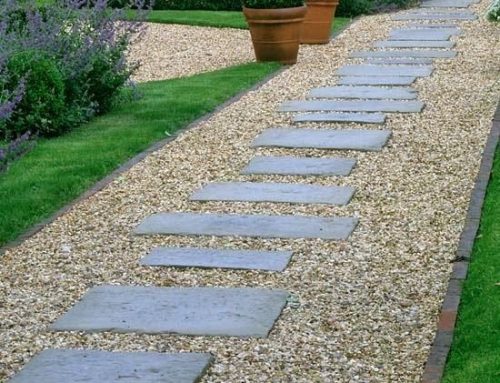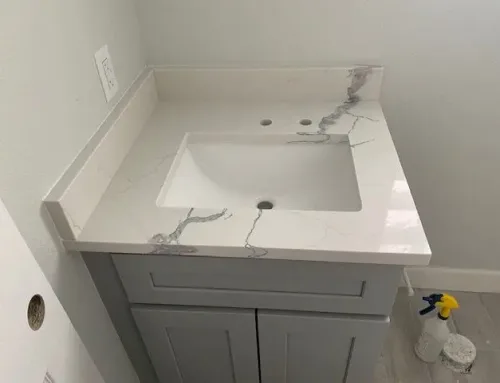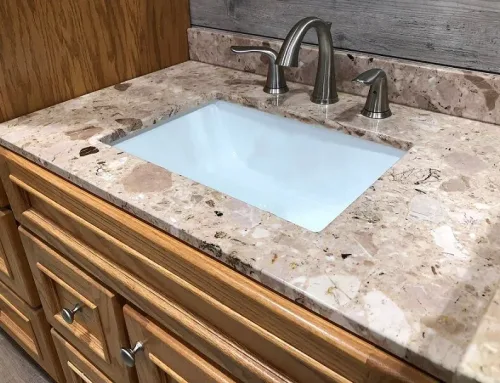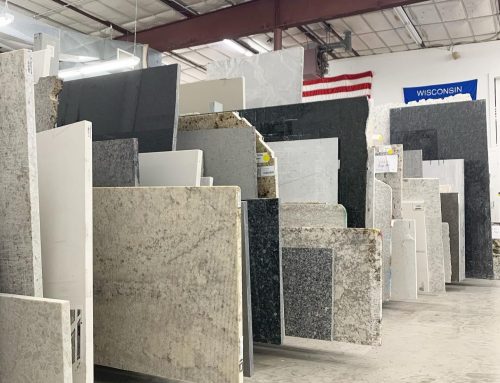What happens if you don’t seal quartzite? Quartzite is one of the most popular natural stones used for countertops, flooring, and backsplashes. It’s loved for its durability, elegant appearance, and resemblance to marble. But despite its strength, quartzite is still a porous material that requires proper care—especially sealing. So, what happens if you don’t seal your quartzite surfaces?
1. Increased Staining Risk
Quartzite is naturally porous, meaning it can absorb liquids if left unsealed. Spilled coffee, wine, juice, or even water can seep into the stone and leave behind stubborn stains that are difficult to remove.
2. Water Damage and Etching
Unsealed quartzite can absorb water, leading to discoloration and potential weakening over time. Hard water stains and mineral deposits can also form, making it harder to maintain the stone’s pristine look. Some quartzite varieties are even slightly reactive to acidic substances, causing etching or dull spots.
3. Bacteria and Mold Growth
Because quartzite is porous, moisture trapped within the stone can create a breeding ground for bacteria and mold, especially in kitchens and bathrooms. Sealing helps create a protective barrier that prevents unwanted microbial growth.
4. Dull and Worn Appearance
Without sealing, quartzite can lose its shine and vibrancy. Dirt, grime, and oils from daily use can build up, causing the surface to look dull and less polished over time.
5. Difficult Cleaning and Maintenance
Sealed quartzite repels liquids and stains, making it easier to clean with just a damp cloth and mild soap. Unsealed stone, however, absorbs spills quickly, making cleanup more challenging and sometimes requiring special cleaners or poultices to remove deep stains.
How Often Should You Seal Quartzite?
The frequency of sealing depends on the type of quartzite and the amount of use it gets. Most quartzite countertops benefit from sealing at least once a year. However, some denser varieties may require less frequent sealing, while high-traffic surfaces might need more frequent applications.
Final Thoughts
So what happens if you don’t seal quartzite? While quartzite is incredibly strong and beautiful, sealing is a simple step that helps maintain its appearance and longevity. Skipping this process can lead to staining, water damage, and a dull surface that’s harder to clean. Investing in a high-quality sealer and regular maintenance ensures your quartzite remains a stunning feature in your home for years to come.
Would you like me to add anything specific, like product recommendations or sealing techniques?





